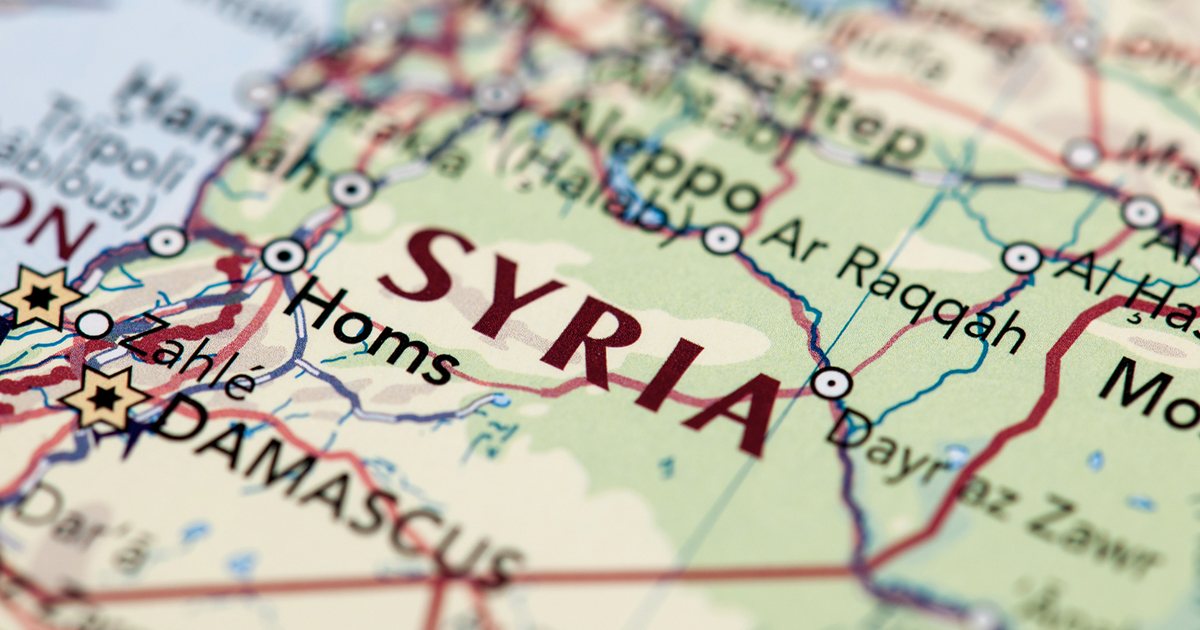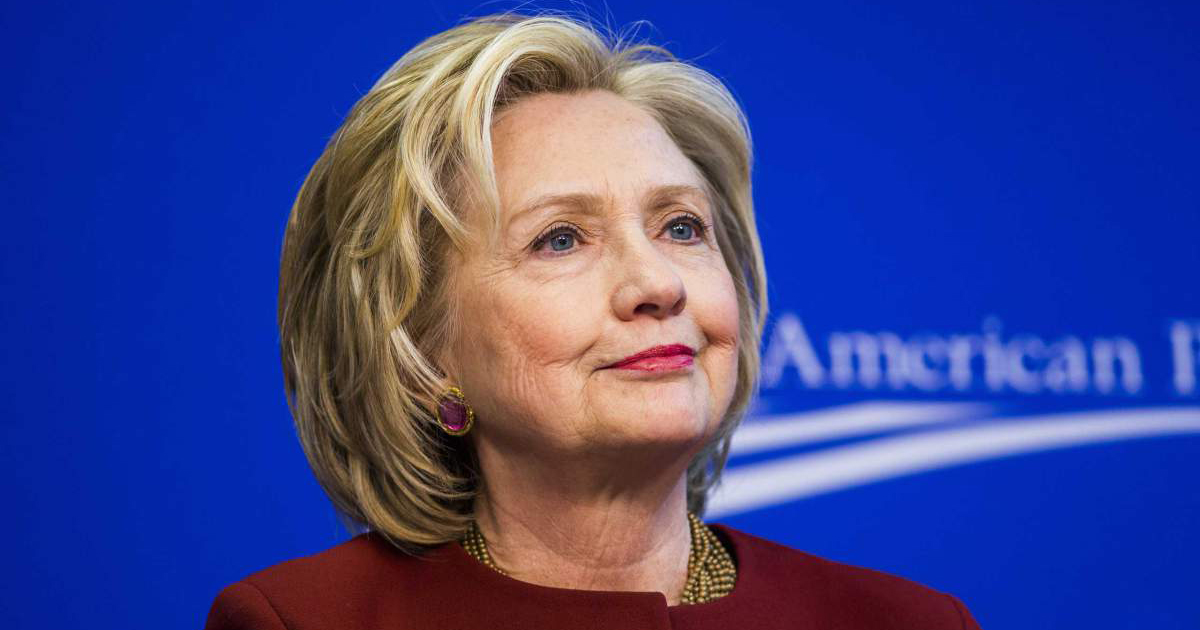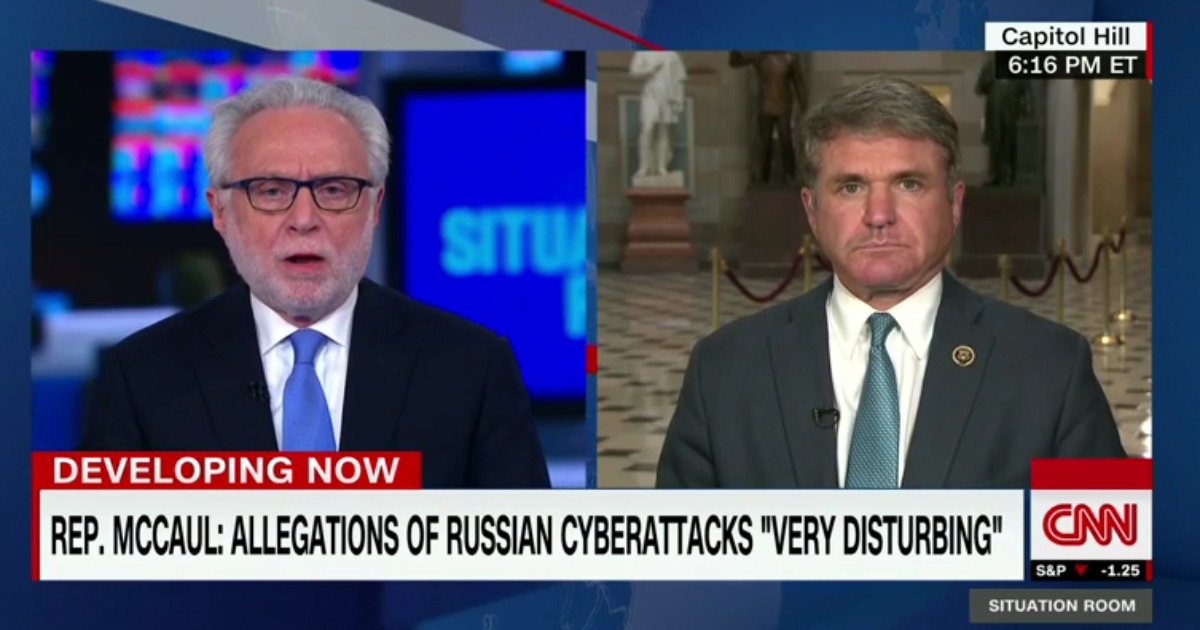This week, a U.S. fighter plane shot down an armed drone being operated by the Assad regime. It was the second one this month, and follows in the wake of the downing of a Syrian plane.
That incident has led to threats from Assad’s allies in Moscow, who have announced that they would be suspending the operation of the special hotline between the Kremlin and the White House, the purpose of which has been to prevent “unintentional conflicts.” Calling the attack “a cynical violation of Syria’s sovereignty” and a “flagrant violation of international law,” the Russian Defense Ministry warned that,
“Any aircraft, including planes and drones of the international coalition, detected in the operation areas west of the Euphrates River by the Russian air forces will be followed by Russian ground-based air defense and air defense aircraft as air targets.”
Last month, the U.S. carried out an air strike against Assad-supported militia, claiming that they were a threat to coalition troops in the southern region of the country. In April, in retaliation for a U.S. missile strike against pro-Assad forces, the Russians suspended an agreement that was intended to reduce the risk of aerial confrontations between combat planes of the two nations, although that agreement was reinstated following a visit by Secretary of State Rex Tillerson.
The U.S.’s actions and Russia’s response indicate that tensions are escalating the region, even as the war against ISIS in the Middle East appears to be entering its end game. At the moment, the terrorist organization is being pushed into Syria’s eastern regions. However, the entire situation has been further complicated by ISIS attacks on Assad regime ally Iran last week, earning retaliation from Tehran in the form of missile attacks.
But wait a minute – isn’t the U.S.-led coalition supposed to be fighting ISIS as well?
It’s not that simple. The U.S. and its coalition allies – which include the U.K., France, Libya and Saudi Arabia – are indeed fighting against the Islamic State. However, they are also supporting Syrian rebels who have been fighting against Bashar al-Assad. Meanwhile, Assad is backed by Russia and Iran as well as China, North Korea, and a number of non-state organizations that include the Lebanese Hezbollah parting and Syrian-supported Popular Front for the Liberation of Palestine General Command (PFLP-GC).
The sad fact is that every player involved in this ongoing tragedy has an agenda – and some of those agendas and the grudges behind them date back decades, and even centuries.
Washington claims that its actions were carried out in defense of U.S. and coalition forces as well as their local allies on the ground. However, keep in mind that there are two dynamics at work here at home: (A) Trump’s precipitously declining popularity, legal problems and investigations, and (B) the power and the greed of the defense industry and the media moguls that feed on war, violence and death.
Recall that in 2002, George W. Bush wanted to make himself a “war president,” and proceeded to order an illegal invasion of Iraq, based on bogus intelligence (which gave birth to ISIS). That resulted in a brief surge in his popularity, and also made a pile of money (at taxpayer’s expense) for his buddies in the aerospace and defense industries.
It seems that Trump is taking a page from Bush’s playbook. While keeping the American people distracted and in fear of brown-skinned Muslim boogie men wielding bombs (ignoring the white-skinned Christian people wielding firearms that have killed far more Americans over the years), this corrupt Administration is preparing to cash in on the most profitable business in the country for the past half-century – the business of mass destruction and bloodshed in the name of “freedom.”





